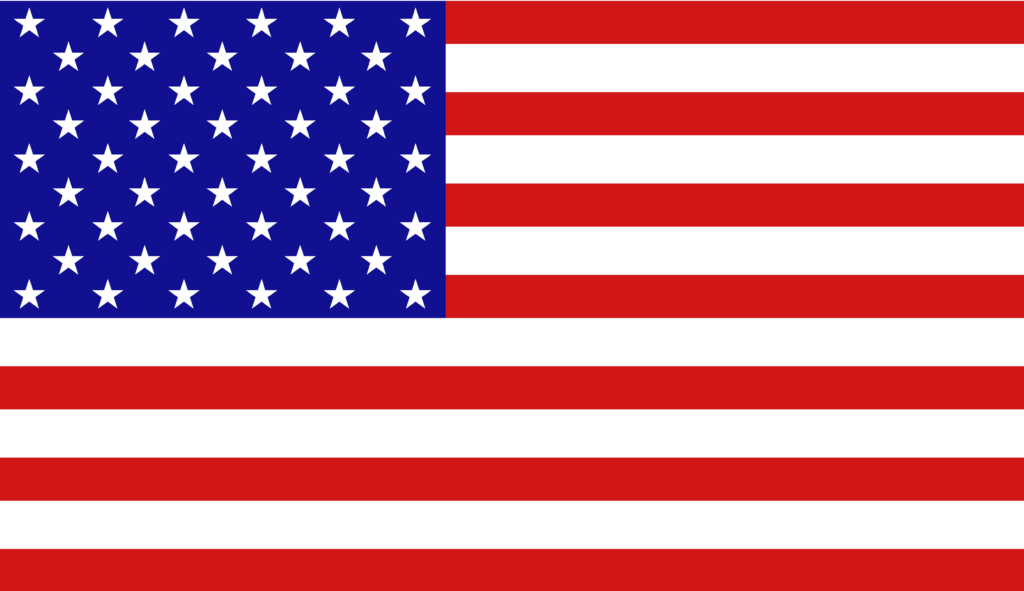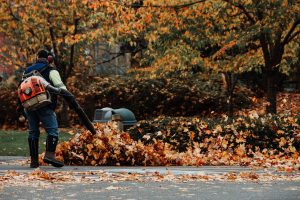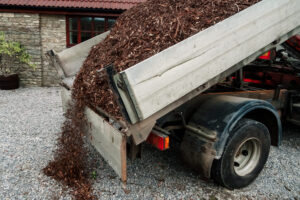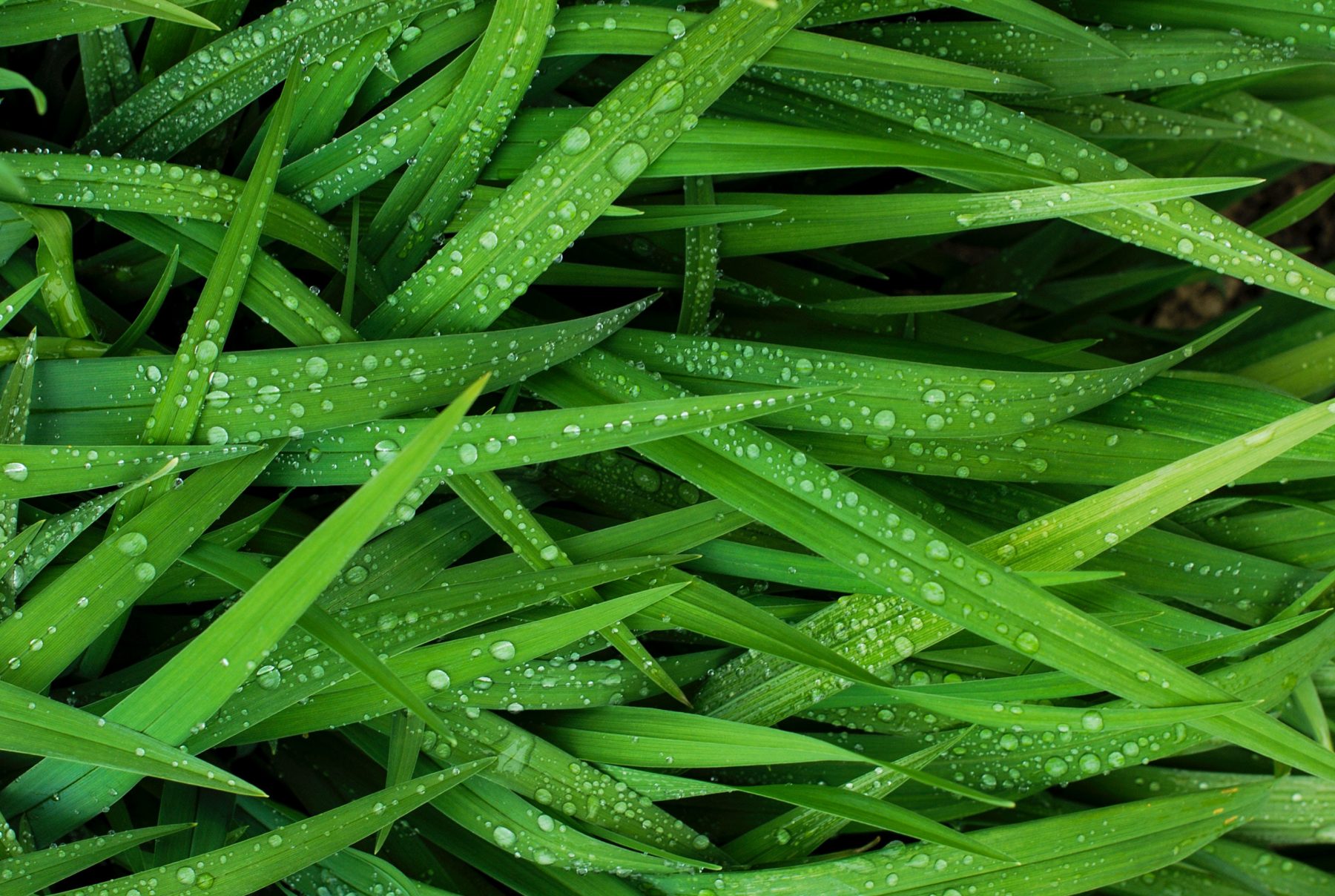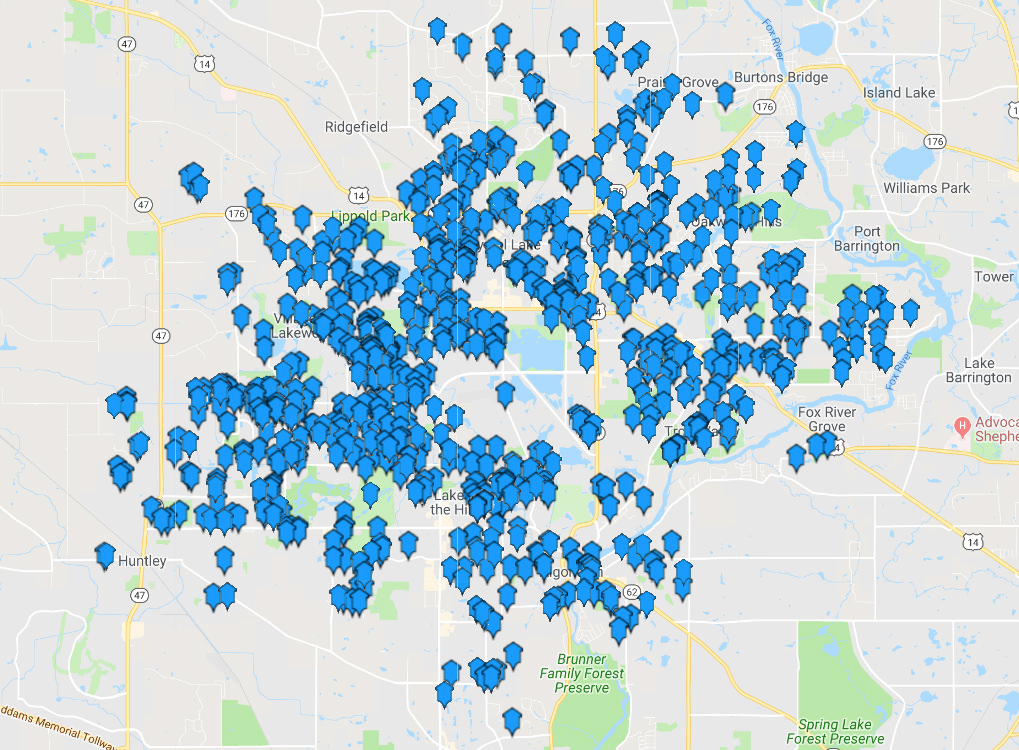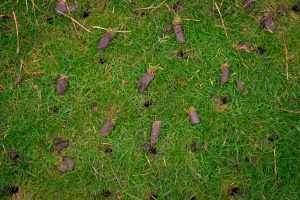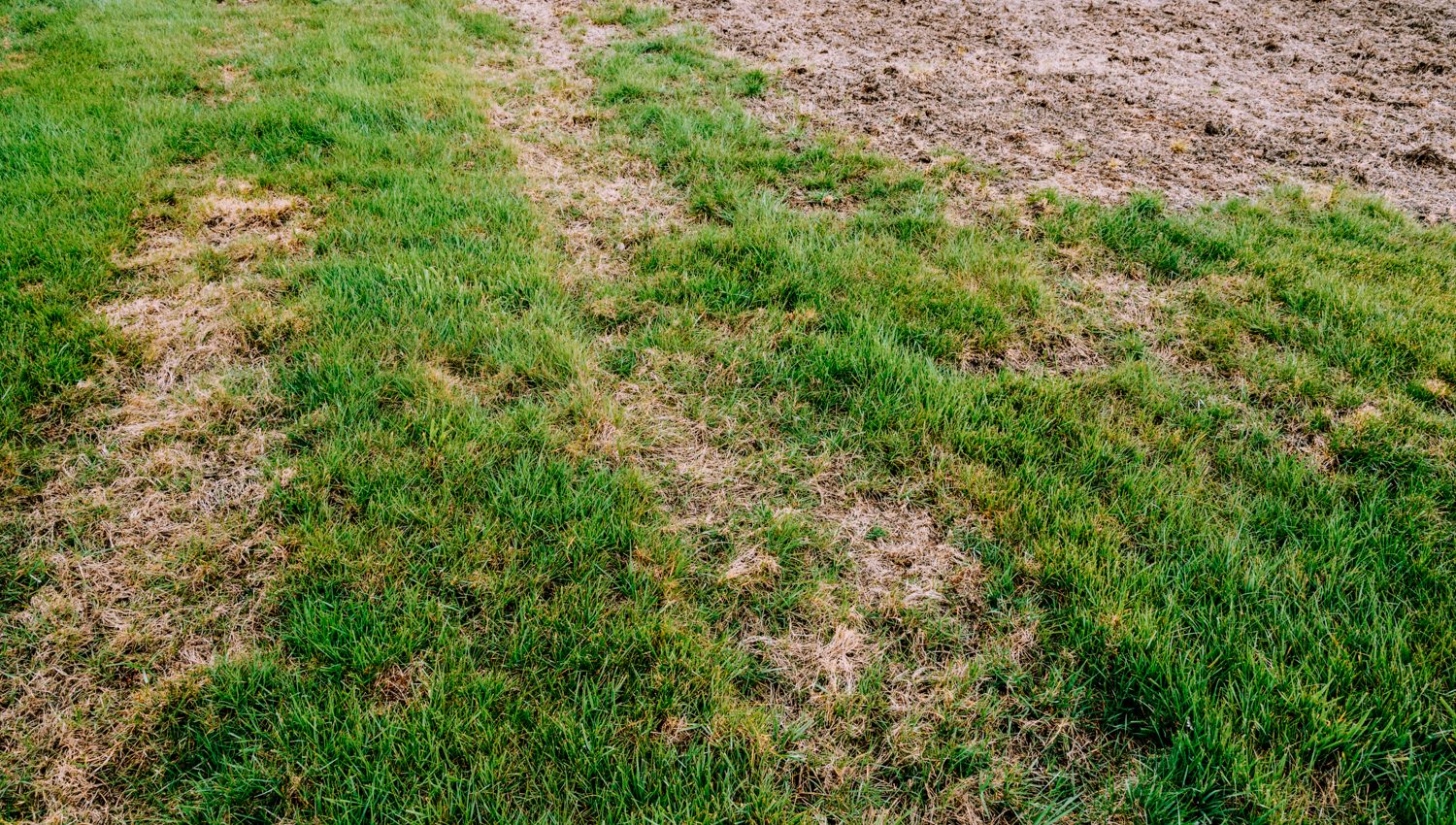
How To Treat Lawn Disease In Illinois
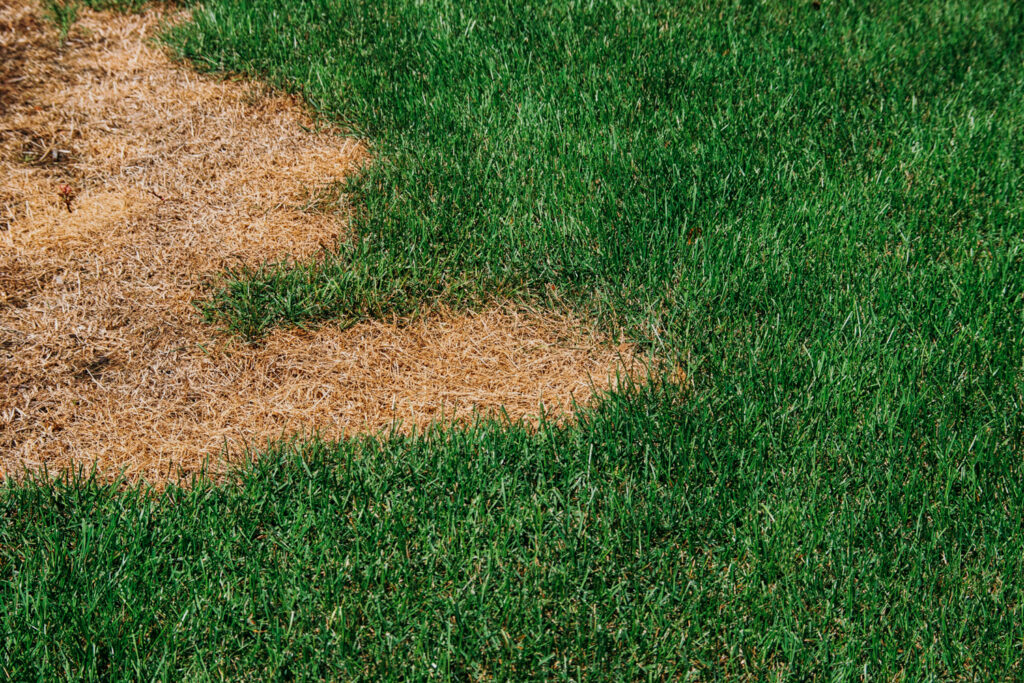
Brown Patch
Best Treatments:
Best Treatments: The best defense against brown patch is to make sure your lawn is draining and circulating air well. Aerating in early spring or fall will help prevent brown patch, as will watering early in the morning and avoiding high-nitrogen fertilizers in humid weather. Fungicides used should contain azoxystrobin, pyraclostrobin, or fluoxastrobin.
Affected Grass Types:
Tall fescue, perennial ryegrass, and bentgrass are the most commonly affected grass types. All cool-season grasses could become infected, but some grasses are more disease resistant than others. Kentucky bluegrass can be mixed with your current grass for a more heat-tolerant lawn.
Fungus Type:
Rhizoctonia solani is the fungus that causes brown patch in cool-season grasses and large patch in warm-season grasses. This fungus attacks the leaves of plants and is often transferred/spread by lawn mowers, tools, and foot traffic.
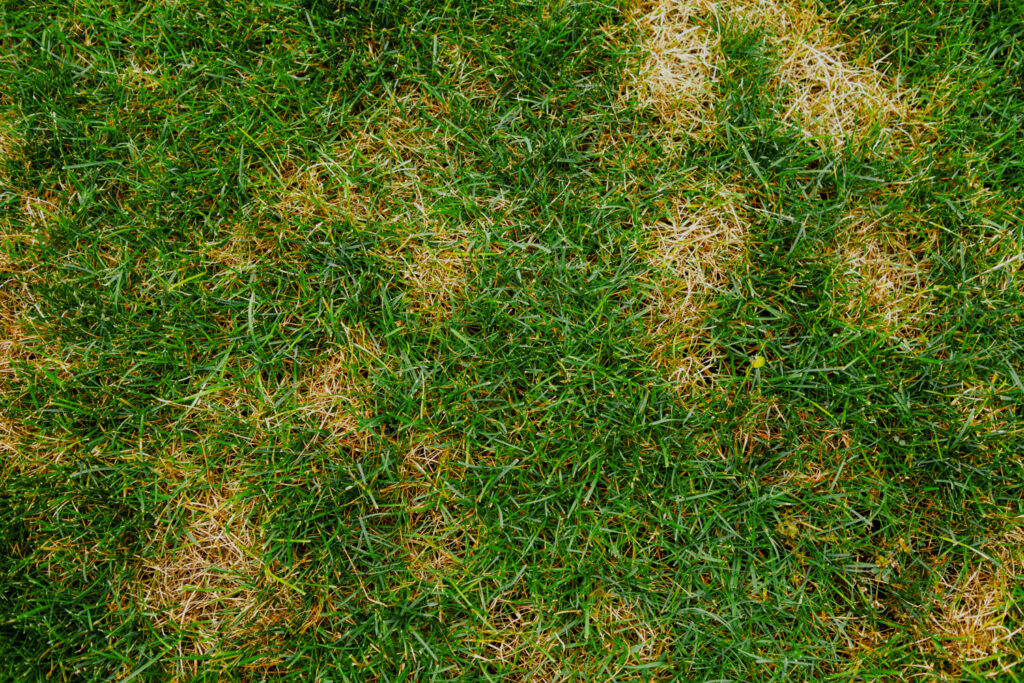
Summer Patch
Best Treatments:
Mow at a healthy height, water deeply and infrequently, and aerate annually to prevent summer patch during the peak of summer. If symptoms are already present, adjust the pH of your lawn’s soil to make it more acidic by adding lime, which slows the spread of the disease.
Affected Grass Types:
Kentucky bluegrass and fine fescues are commonly affected by summer patch in Illinois. Tall fescue, perennial ryegrass, and zoysiagrass can be mixed into your lawn during overseeding to combat summer patch.
Fungus Type:
Magnaporthiopsis poae is responsible for summer patch. This fungus attacks and destroys the roots of your grass when temperatures are high.
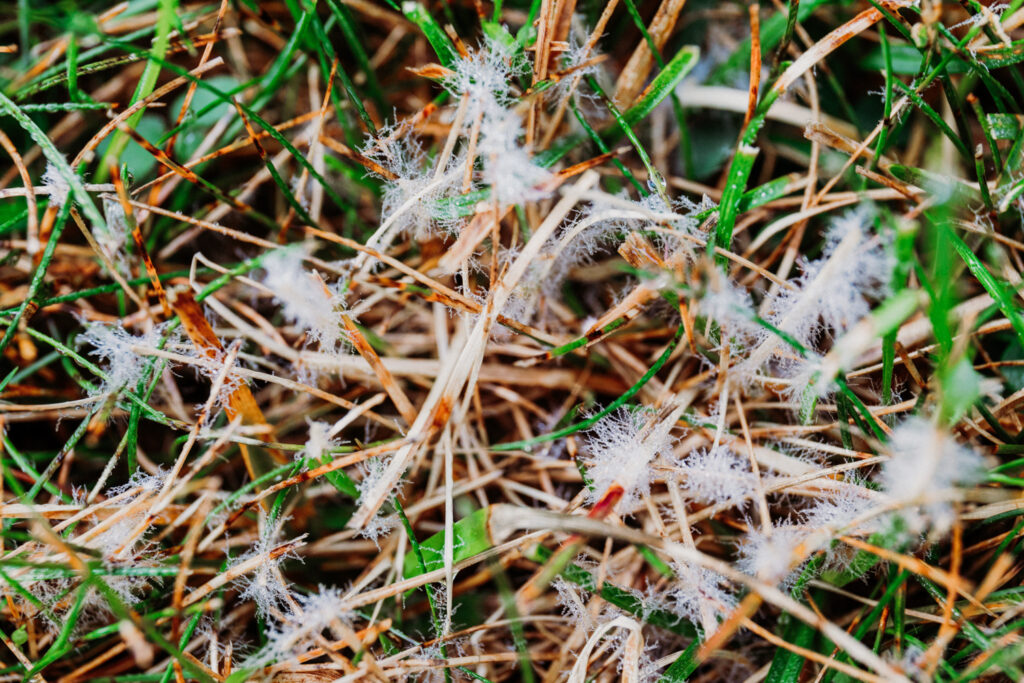
Dollar Spot
Best Treatments:
Avoiding excess moisture is the best way to prevent dollar spot because this disease thrives in wet, humid conditions. Wet leaves should be removed immediately after they fall into your yard. Underfertilizing also contributes to dollar spot issues, so make sure to properly fertilize your lawn throughout the growing season. Propiconazole and azoxystrobin are common ingredients in fungicides used to treat dollar spot.
Affected Grass Types:
Most grasses can fall victim to dollar spot. Fine fescue, perennial ryegrass, and bentgrass are common grass types in Illinois that can be affected, but warm-season grasses like Bermudagrass or zoysiagrass are also susceptible.
Fungus Type:
Clarireedia jacksonii is the fungal species most often identified as dollar spot, but a few other species within the same genus are occasionally responsible. This fungus attacks the leaf blades in your lawn, as dollar spot is a foliar disease.
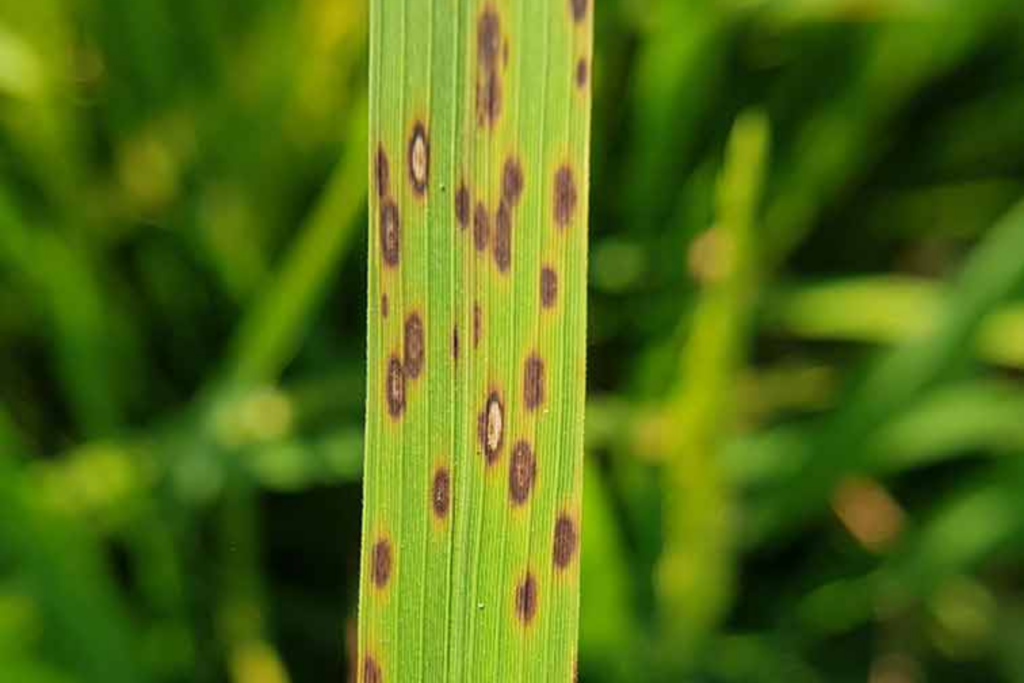
Leaf Spot
Best Treatments:
High levels of nitrogen are known to stimulate the growth and spread of leaf spot. Follow fertilizer directions closely, especially in early spring, to avoid using fertilizers with too much nitrogen. Compacted soil may also contribute to leaf spot developing, which can be alleviated by dethatching and aerating.
Affected Grass Types:
Tall fescue, perennial ryegrass, and Bermudagrass are commonly affected by leaf spot, but most grasses are vulnerable to leaf spot. Hot temperatures make cool-season lawns susceptible, and colder temperatures put warm-season lawns at risk.
Fungus Type:
Cochliobolus is the fungal genus responsible for most instances of leaf spot in lawns. In trees and other plants, however, the disease known as “leaf spot” could refer to many different types of fungi, and it could even be a bacterial infection.
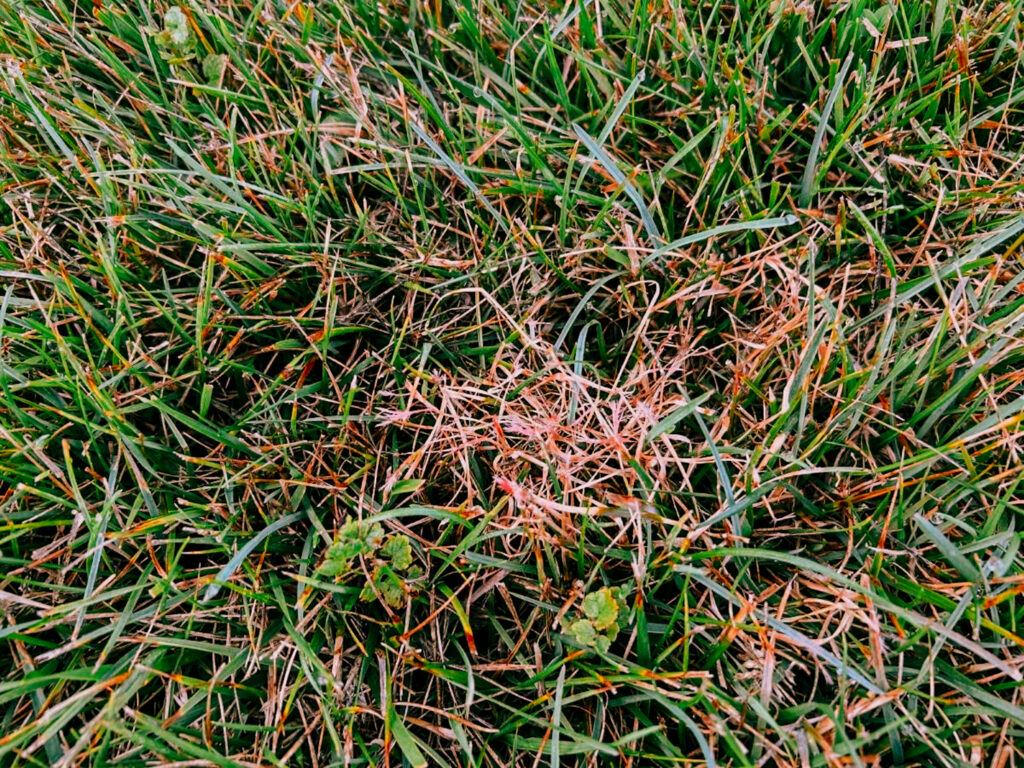
Red Thread
Best Treatments:
Red thread can survive in nutrient-deficient and weak lawns for years, so the best prevention plan is simply to keep your grass healthy. Seasonally appropriate fertilizers should be used throughout the year, mowing should remove only the top ⅓ of your lawn, and thatch/organic debris should be raked regularly to prevent red thread.
Affected Grass Types:
Fine fescue mixes and perennial ryegrass are the most common grass types in Illinois to fall victim to red thread.
Fungus Type:
Laetisaria fuciformis is the resilient red thread fungus. This fungus damages individual leaf blades and will likely not kill your grass. It will, however, overwinter as dormant mycelium on damaged grass in order to return in the springtime.
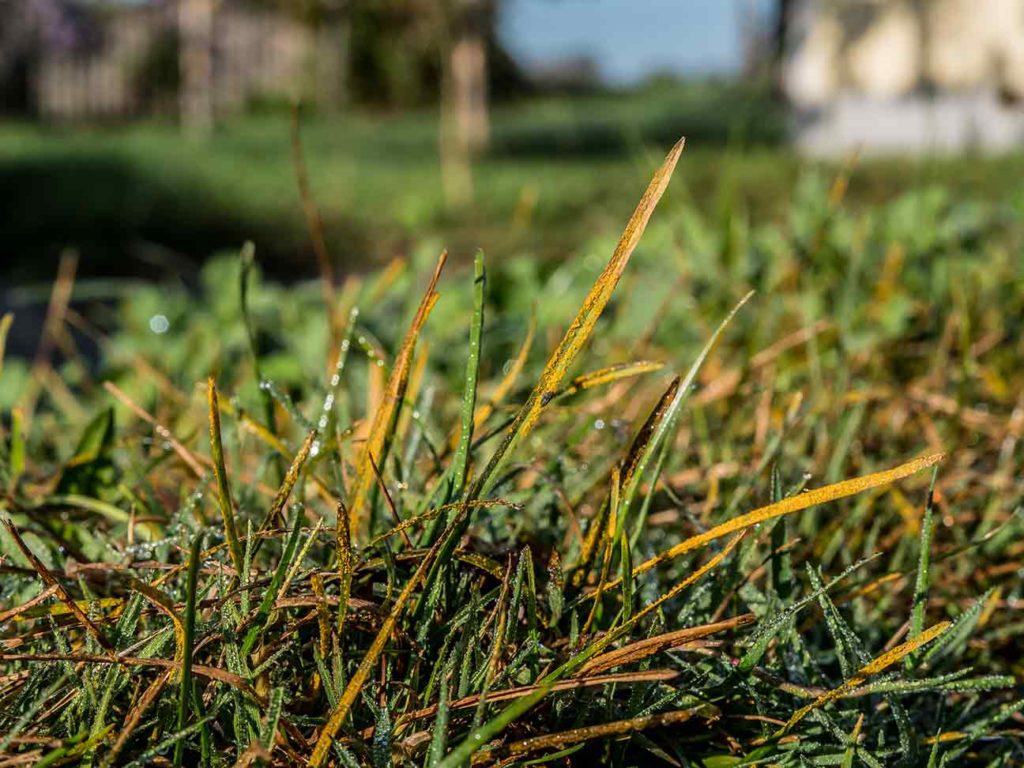
Lawn Rust
Best Treatments:
Rust can be effectively combated with a high-nitrogen fertilizer if symptoms are showing. Excessive moisture in shaded areas is a breeding ground for rust, so consider cutting back any trees that may be blocking sunlight from your grass, and water early in the morning so the grass has time to dry. Professional lawn care companies can apply strobilurin and DMI if other treatments fail.
Affected Grass Types:
Kentucky bluegrass, perennial ryegrass, and zoysiagrass are the most commonly affected grasses.
Fungus Type:
Puccinia is the fungal genus of the rust lawn disease, but there are thousands of species that could be considered a type of “rust.” All rust fungi develop orange spores that create the appearance of rust, and those spores are transferred through contact very easily.
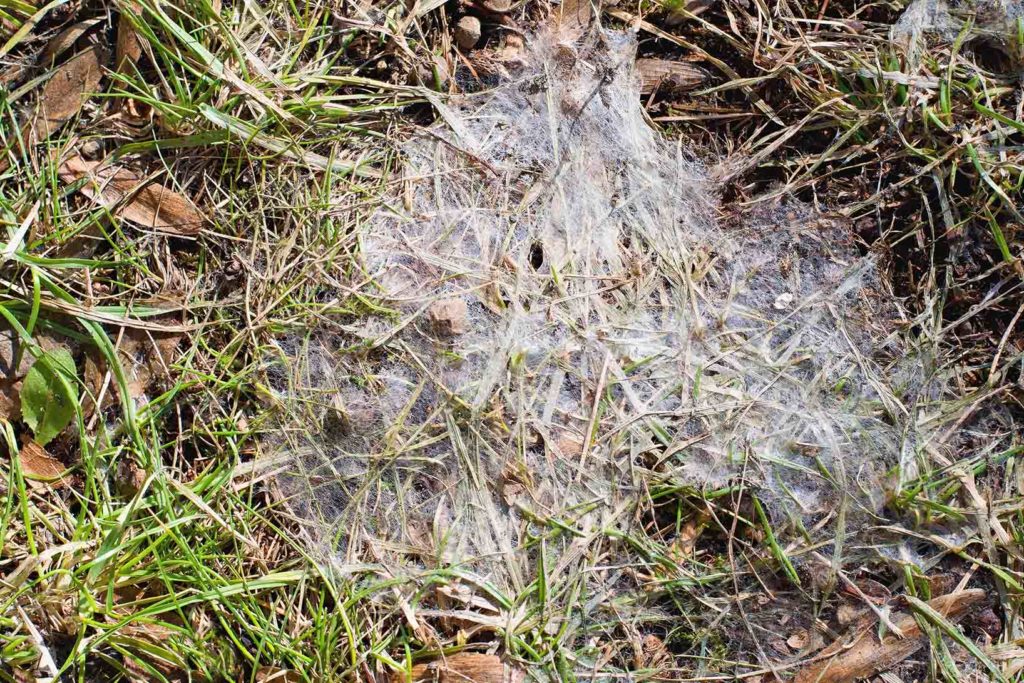
Snow Mold
Best Treatments:
The best way to prevent snow mold is to get your lawn in order before the first snowfall or frost of the season. No fungicides will work on snow mold in spring, so the best treatments are all preventive, which is true of all lawn diseases. Make sure your lawn is draining well, remove all leaves before the first snowfall, optimize direct sunlight, and make sure NOT to apply too much fertilizer/nitrogen in fall.
Affected Grass Types:
Fescues, bentgrass, perennial ryegrass, and Kentucky bluegrass can all be affected by snow mold in Illinois to some degree.
Fungus Type:
Typhula is the fungal genus of gray snow mold, and Monographella is the genus of pink snow mold. Gray snow mold fungi only attack the leaves of plants, but pink snow mold can destroy the roots of your lawn. Gray snow mold fungi survive summer months in the form of underground sclerotia, and pink snow mold fungi survive as spores or mycelium on decayed plant matter.
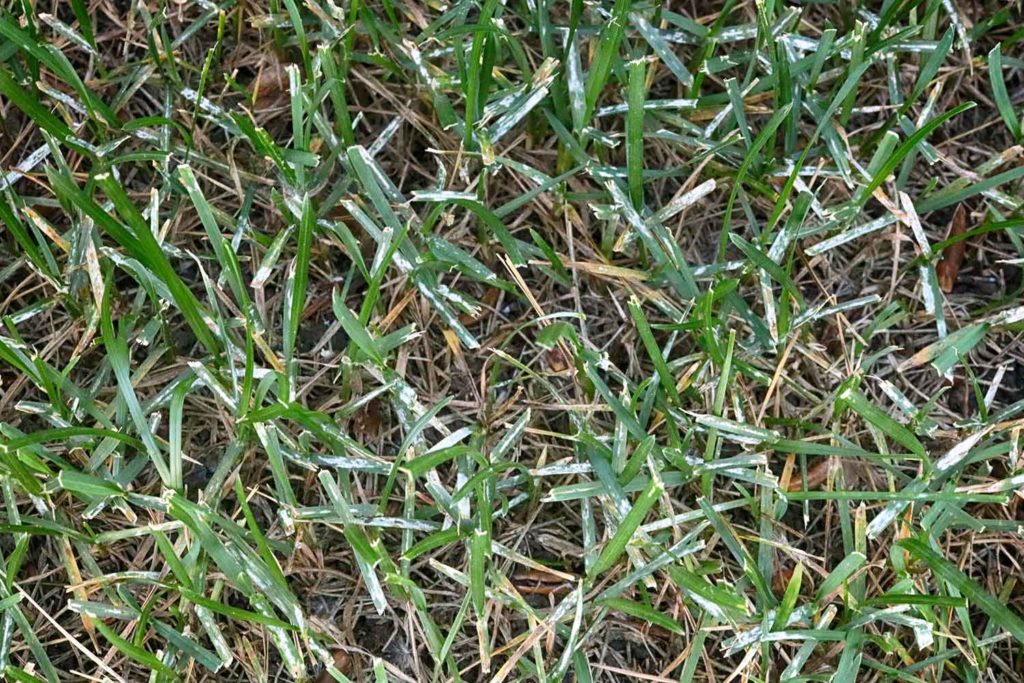
Powdery Mildew
Best Treatments:
A handful of at-home remedies have proven to be just as effective as expensive herbicides at treating powdery mildew. Sulfur, lime, and potassium bicarbonate can all be applied, separately or together, to treat powdery mildew. Everyday items, such as milk, baking soda, and garlic, can also be applied to a sick lawn for effective results. Direct sunlight across your lawn will help prevent powdery mildew.
Affected Grass Types:
Kentucky bluegrass is most affected by powdery mildew under shaded conditions, but some cultivars have shown resistance to the disease. Ryegrass, fine fescue, and some varieties of Bermudagrass are also susceptible to powdery mildew.
Fungus Type:
Blumeria graminis is often credited as the species of powdery mildew found in lawns. The term, “powdery mildew,” is almost more of a description than a name, and many different fungi can cause a powder-dusting effect on your lawn. Powdery mildew spores spread as easily as the wind blows, but this foliar disease is generally harmless if it is treated promptly.
Start Your Quote Today! Getting Started
Get your weekend back & simplify your life this season. Trust Elite Lawn Care for your Lawn Care, Landscaping & Snow Removal needs.
-
1Choose Your ServicesChoose the services your property needs throughout the year.
-
2Set Up & Finalize Your AccountFill out the form & one of our team members will contact you.
-
3Discover The DifferenceServices are automatically scheduled, completed & billed.

